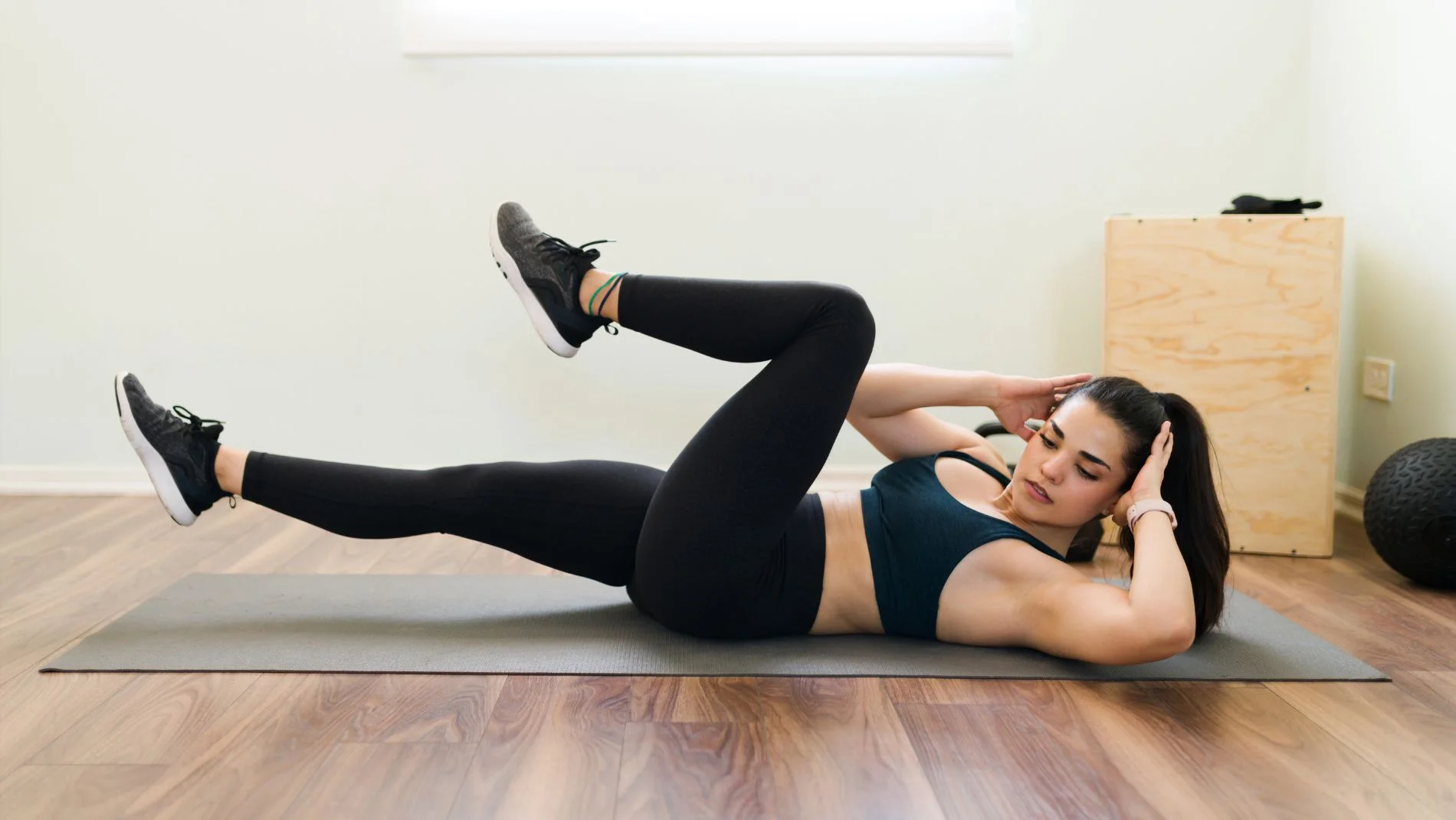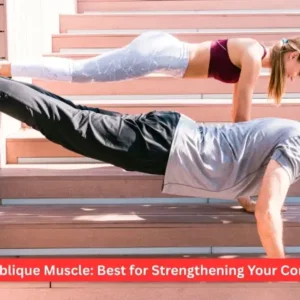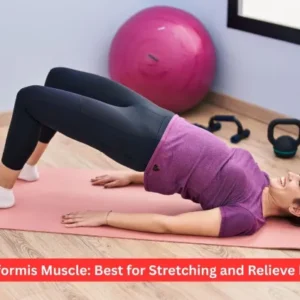Side lying leg raises are an easy, in the comfort of your own home, exercise that targets your outer glutes, thighs, and hips. They’re perfect for toning your lower body, improving core balance, and supporting knee and joint health.
Though they don’t exactly burn belly fat or make your glutes big Overnight, they are amazing for tightening and making your muscles pop. Performing them regularly with proper form and variation can help you achieve a more defined waist, slimmer thighs, and stronger hips.
- What Are Side Lying Leg Raises?
- Benefits of Side Lying Leg Raises
- How to Perform Side Lying Leg Raises Correctly
- Common Mistakes to Avoid
- Variations to Keep It Challenging
- Are Side Lying Leg Raises Effective?
- How Often Should You Do Them?
- Why Are They So Challenging?
- Complementary Tips for a Slim Waist and Sculpted Legs
- Can Side Lying Leg Raises Build Abs or Grow Your Glutes?
- Which Leg Raises Are Best?
- Final Thoughts
- Frequently Asked Questions
What Are Side Lying Leg Raises?
Side lying leg raises Side-lying leg raises employ body weight, working the top leg to raise it off the floor by lying on your side. This exercise mainly isolates the hip abductors- mainly gluteus medius and gluteus minimus, outer thighs, and obliques. It is a traditional exercise in Pilates, physical therapy, strength, and even waist-tightening exercises.
As opposed to squats and lunges, which are compound exercises, side-lying leg raises engage tiny stabilising muscles of the hips and glutes. These muscles are commonly weakened, yet they are critical to balance, body alignment, and injury prevention, particularly to the knees and back.
Benefits of Side Lying Leg Raises
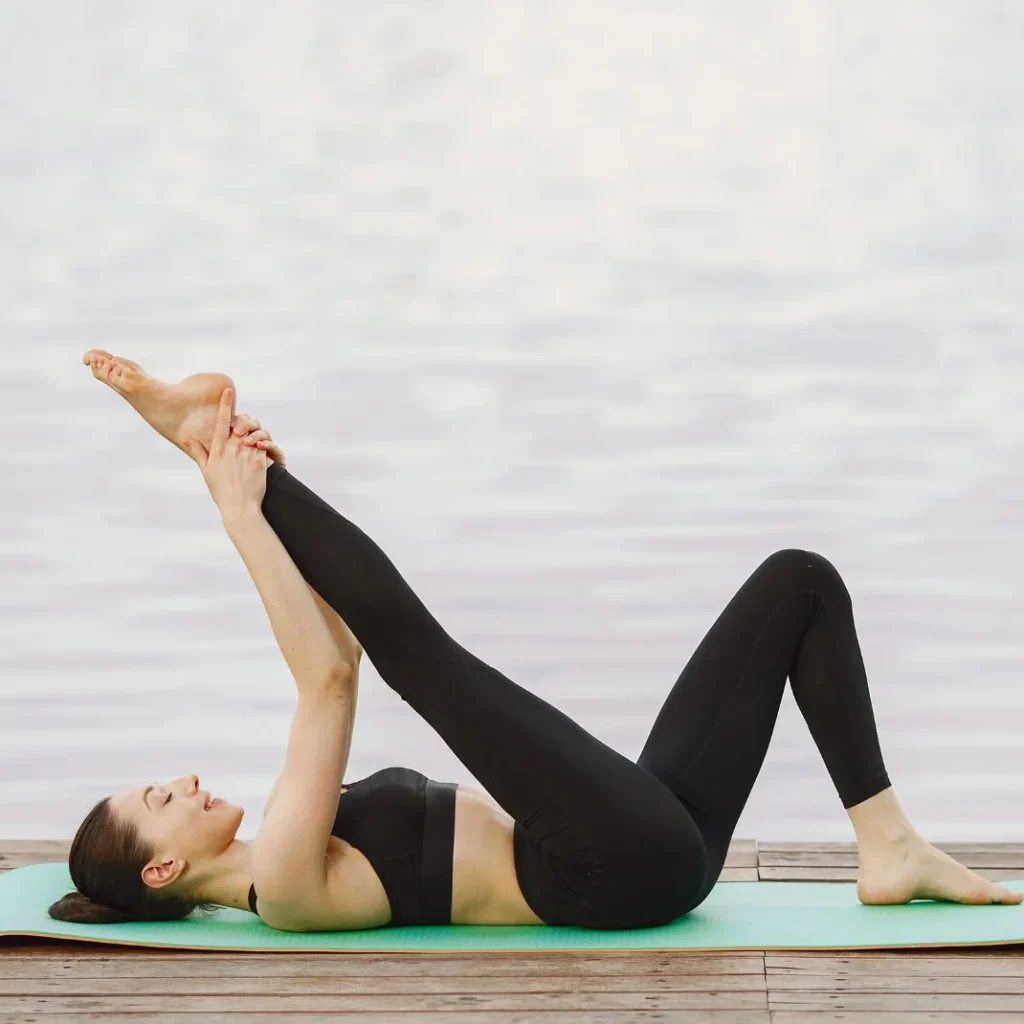
1. Builds Hip Strength and Glute Definition
Side lying leg raises are mostly used to train the outer glutes (gluteus medius and minimus) and hip abductors. These are the muscles that assist in stabilising the pelvis; this is observed especially when walking, running, or standing on one leg. With a weakened state of these muscles, you are exposed to the risk of getting knee pain or poor posture. Having firm hip abductors will also allow a perkier and shapelier backside.
2. Helps Tone and Slim Thighs
Side lying leg raises are the ideal exercise when it comes to shrinking your outer thigh fat or making you appear less ample in your saddlebags. Although a person cannot remove fat in a specific area, the overall effect of doing this exercise is to tone the thigh and to create a more defined shape. In combination with cardio and healthy eating, it enhances the general fat burning and slimming of the legs.
3. Strengthens the Core and Improves Balance
Although this exercise targets your legs, side lying leg raises will work your obliques and core muscles to stabilize your spine and hips. This enhances crosswise stability over time, helps to stabilize and minimize the risk of injuries as a result of falls or sudden rotations.
4. Protects the Knees and Reduces Pain
Weak hips can usually contribute to poor knee alignment and pain. This exercise is also beneficial in strengthening muscles that surround the hip joint, which promotes support of the knees in everyday life activities and sports. It can also be very useful to runners and individuals healing from after-knee or hip injuries.
5. Encourages Waist Definition
The obliques (side core muscles) come into play in this movement and can lead to better better-defined waist when used as a part of an overall core program. Though it cannot make your waist smaller, it will support good posture and improve the waist-to-hip ratio that, together, allow establishing a sought-after hourglass shape.
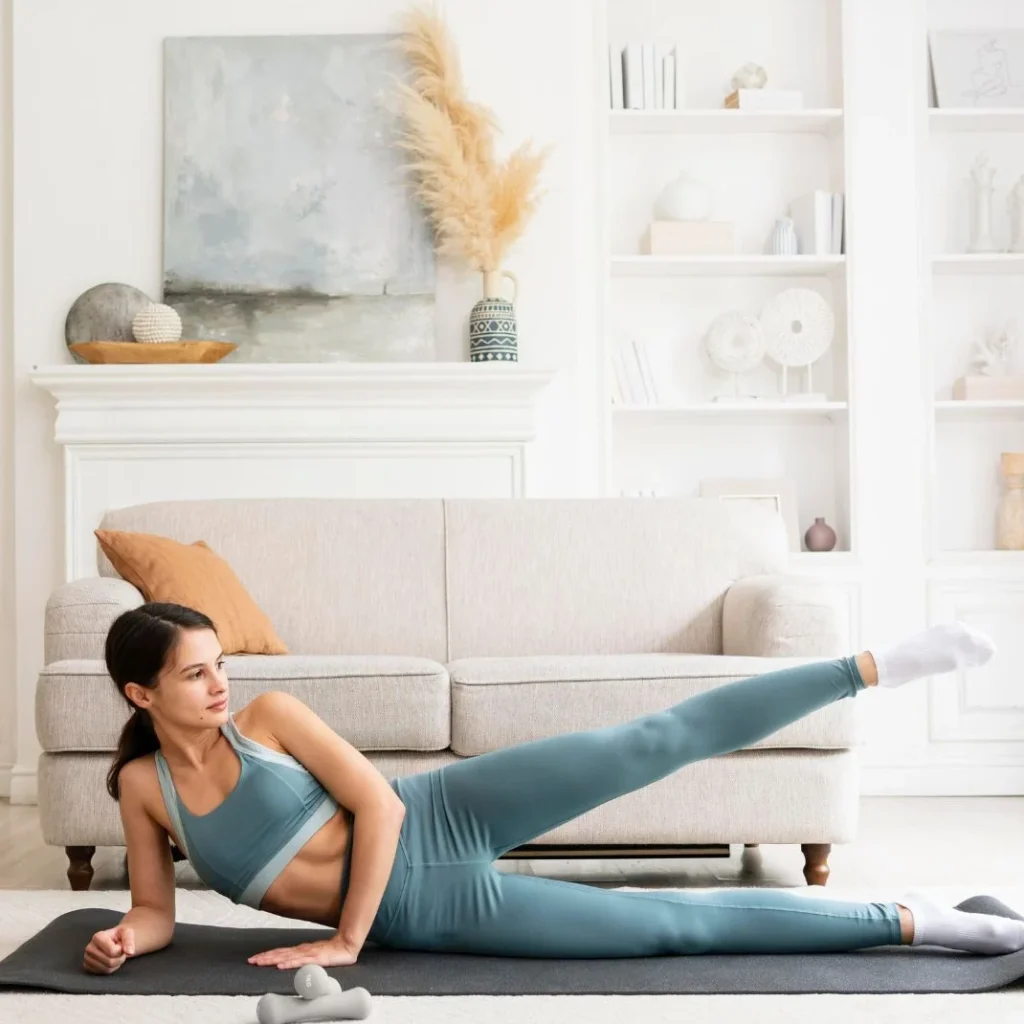
How to Perform Side Lying Leg Raises Correctly
Learning the right technique is one of the best ways of getting results and preventing injuries.
Step-by-Step Guide:
Set Up
- Lie down on a mat, on one side, and stack your legs one on top of the other.
- To support your head, use your lower arm or a pillow.
- Your top hand should lie on the floor in front of your chest to create some stability.
Engage Core
- Brace the abdominals to stabilize your spine to avoid wobbling.
- top leg, angular lift
- Lift your top leg toward the ceiling to about 45 degrees, slowly.
- Turn your toes towards the front or at a small angle down to target the outer glutes.
Pause and Low
- Stay in the top position 1-2 seconds.
- Take the leg back down under control–do not allow it to drop.
Repeat
- Do 1220 reps on each side, 24 sets.
- Take a 30-60 second rest between sets.
Common Mistakes to Avoid
Bad form causes injury, so avoiding it aids in preventing injury and makes the movement more efficient:
Staying with the stimulation of the hips to the back position- Maintain the hips on top of each other.
Swinging the leg– This is to be slow yet controlled.
When raising the leg too high, it is not about the range but the quality.
Failing to use the core– Transverse stability is needed to provide alignment.
Variations to Keep It Challenging
Band Side Leg Raises
Get a loop resistance band and place it around your thighs to make exercising harder and activate your glutes more.
Side Plank Leg Flexion
Give your core as well as your shoulders a workout with the side plank leg raise.
Ankle Weights
Add ankle weights to make it more resistant and more endurable.
Pulse Raises
At the maximum point of movement, do 5-10 short pulses to add time under tension.
Are Side Lying Leg Raises Effective?
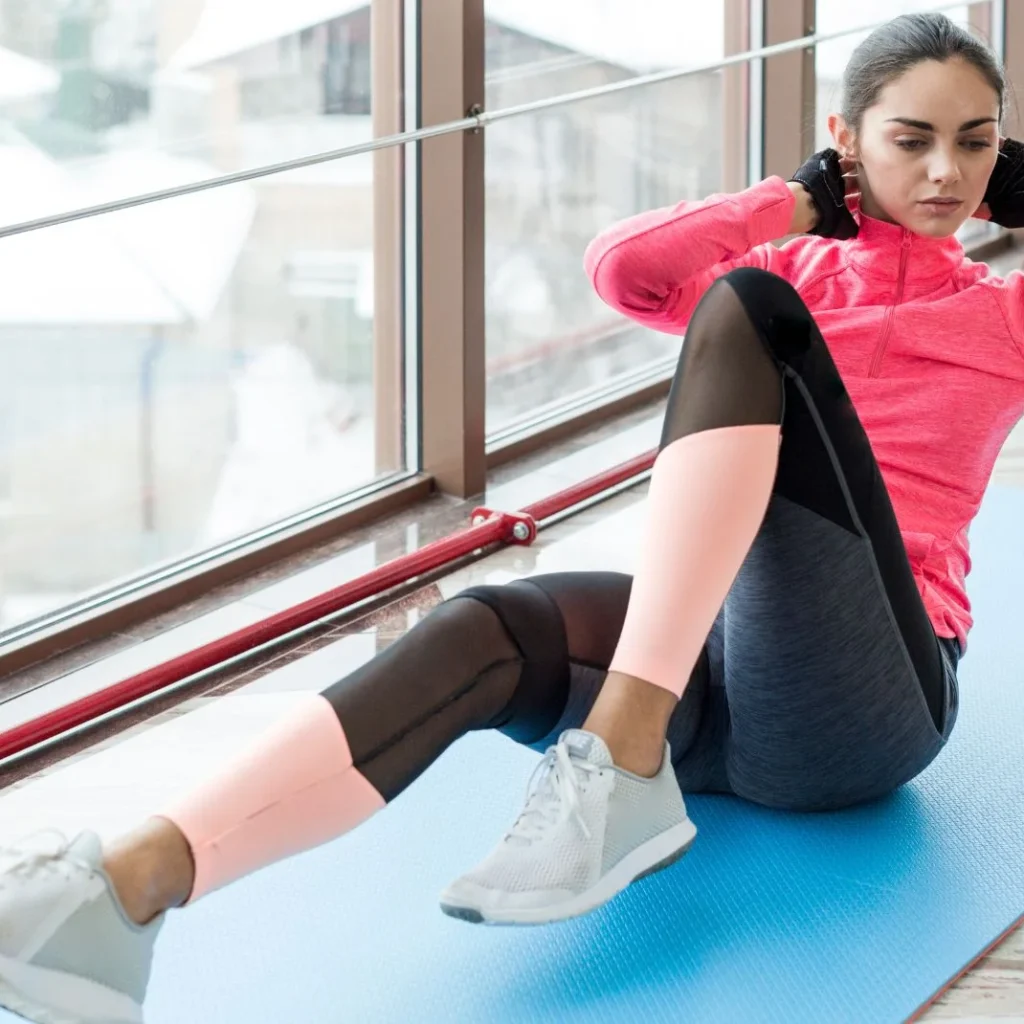
Oh yes–side-lying leg raises are excellent when practiced faithfully or when done with proper technique. They are used to reinforce weak muscles that are usually ignored and assist in the outer glutes, posture support, and functional mobility. They work best when incorporated into an all-around routine with strength training and cardiovascular exercises, and a good diet.
How Often Should You Do Them?
Side lying leg raises are exercises that most people can do 3 to 4 days per week. You can add them to days of lower-body strength work, to glute-oriented circuits, or other rehab routines. Training can be performed daily, provided the volume is manageable, although in-between rest days are essential so that muscles have time to recuperate and develop.
- Suggested Weekly Plan
- Learners: 2-3 times per week
Advanced: Daily or every second day or as part of a circuit (glute, core)
Why Are They So Challenging?
Side lying leg raises can initially be challenging for many people as hip abductors are not used through daily activities. They are smaller, stabilizing muscles that get fatigued fairly quickly, so when isolated, burning out fast is in order. However, with regularity, these muscles adjust to the routine quickly.
Complementary Tips for a Slim Waist and Sculpted Legs
If you are looking for a place for an hourglass figure or slimmer thighs, start practicing side-lying leg raises as part of a larger fitness plan.
Best Exercises For Skinnier Legs:
Side Lie leg raises
- Walking lunges
- Step-ups
- Squat pulses
- Wall sits
Top Exercises For Smaller Waist:
- Russian twists
- Bicycle crunches
- Side planks
- Side-to-side crunches
- Pilates roll-ups
The Best Fat Burning Exercises For Women:
- HIIT workouts
- Jump rope
- Mountain climbers
- Burpees
Running or speedy trekking
Reducing fat is throughout the body and not just in one part, so combining a good weight training like side lying leg raises with cardio and diet is important.
Can Side Lying Leg Raises Build Abs or Grow Your Glutes?
They will assist in strengthening and especially your obliques; they will not, however, build abs. To see the abs, fat loss is vital throughout the body and exercises of the whole body.
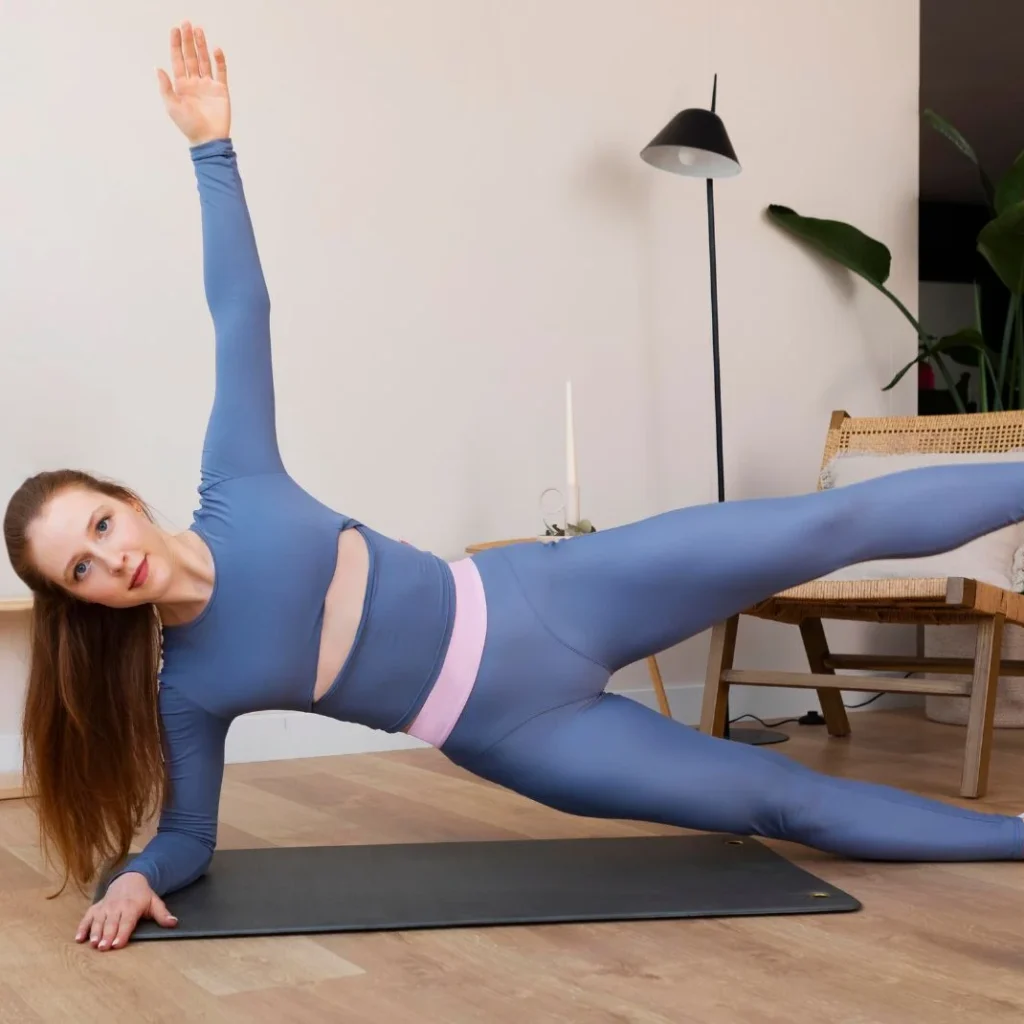
When it comes to glutes, they indeed contribute to rounder and higher glutes on the side, gaining more shape in what is called the glute medius. Though compound exercises like squats and hip thrusts make good pairings with this one, in case you’re after bigger glutes.
Which Leg Raises Are Best?
It depends on what you are targeting:
- For glute shaping: side lying leg raises, donkey kicks , etc
- Leg Lifts, Reverse Crunches, Hanging Leg Raise for abs
- For the whole leg: Bulgarian split squats, step ups deadlift.
Final Thoughts
Side lying leg raises are an underutilized but very effective bodybuilding exercise that works the glutes, hips, and thighs, along with a stronger core and healthier knees. They can be practiced anywhere with no equipment needed and can fit into nearly any fitness regime, be it slimming out the lower part of the body, stabilizing joints, or improving your waistline.
They can be used as parts of other exercises to strengthen and tone your legs, help you create a more balanced silhouette, and gain confidence when it comes to movement.
Frequently Asked Questions
1. What does Side Lying Leg Raises do?
The main muscles that are being activated during the Side Lying Leg Raises are the outer glutes (gluteus medius and minimus), thighs, and hips. They assist in toning your lower body, balancing, care of the knees, and posture.
2. Do Lying Leg Raises slim thighs?
Yes, Side Lying Leg Raises tone and define your thighs by toning the muscles of the outer leg. Although they do not specifically burn thigh fat, if used in combination with exercise and eating right, they may help make legs slimmer and more toned.
3. Do Side Lying Leg Raises grow your butt?
Side Lying Leg Raises, along with building and toning the glutes, work on the gluteus medius muscle. But they do not lead to considerable growth of glute nudes. To build glutes on steroids, combine them with exercises that work more muscles, such as squats, hip thrusts, and lunges.
4. How many Times a Day should I do Side Lying Leg Raising?
Side Lying Leg Raises can be performed 3-4 times every week by most individuals. Novices can incorporate 2-3 sessions, whereas advanced persons can incorporate them in circuits (glutes/core), daily. Always give muscles the time to recuperate to become stronger.

